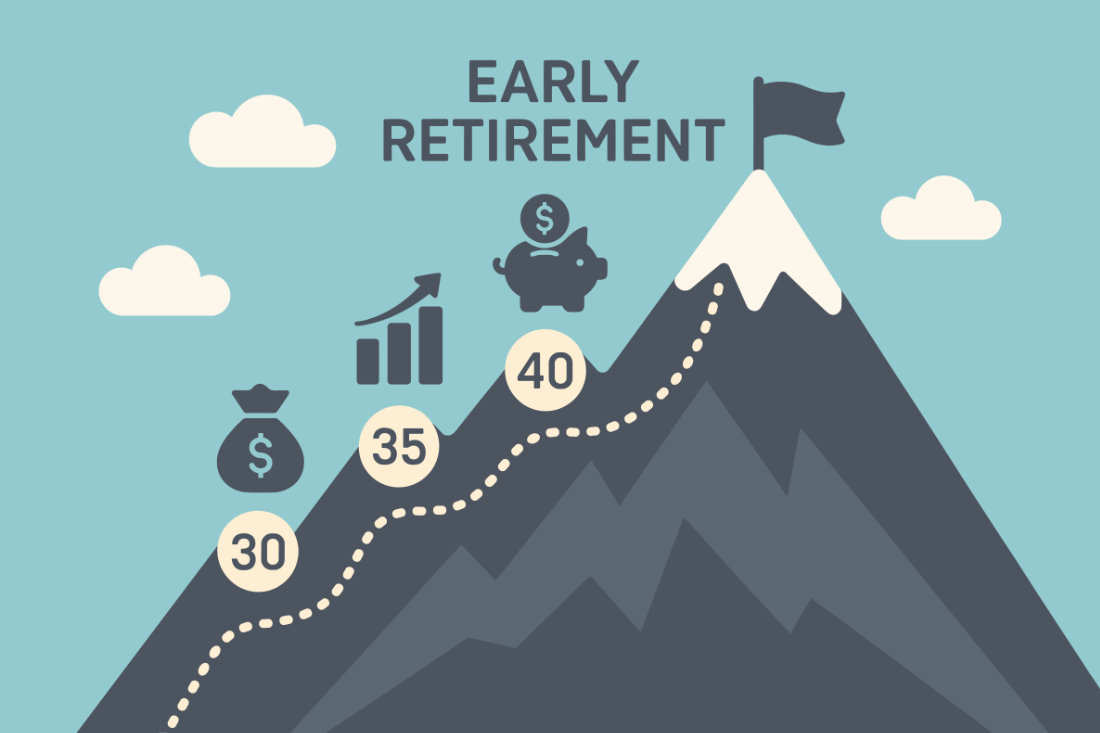Named as Executor in a Will? Get Help From Your CPA
December 3, 2025
Being named as an executor sounds straightforward until the paperwork arrives, the deadlines stack up, and phone calls from financial institutions start coming in. Many people accept the role with good intentions, only to find themselves navigating tax rules, probate demands, and administrative work that wasn’t explained clearly at the beginning. A CPA can step in as a steady guide, offering practical support that helps executors stay organized and compliant while protecting the estate’s value.
Estate Responsibilities You Assume as Executor
The moment you accept the position, the estate relies on you to keep financial details accurate and accessible. You’re responsible for gathering records, identifying assets, locating beneficiaries, and dealing with creditors. Some estates involve investment accounts spread across institutions. Others include real property that needs maintenance during probate. You may find insurance policies, pensions, or employer benefits that require forms submitted within specific timeframes. A CPA helps you set up a system to track each of these tasks, reducing the risk of missed deadlines or incomplete filings.
Understanding tax issues early is essential. Estates often require a final personal income tax return for the individual, and depending on the size or structure of the estate, you may also need to file an estate income tax return. A CPA walks you through which forms apply, how income should be reported, and whether specific filings can reduce the estate’s overall tax burden. Executors frequently underestimate how many documents they must coordinate, and a CPA brings clarity to what stays, what gets submitted, and what must be preserved.
Why Executors Need Financial Clarity
When you take responsibility for managing someone else’s financial affairs, decisions must be transparent and well-documented. Beneficiaries expect updates, and in some cases they may question valuations or the timing of distributions. Having a CPA maintain the estate’s accounting removes guesswork and helps prevent misunderstandings. Clear ledgers of expenses, receipts, and asset values create a record that stands up to outside review.
This kind of clarity also matters when debts surface. Creditors sometimes file claims late in the process or attempt to collect amounts that aren’t valid. A CPA helps you sort legitimate obligations from questionable ones and ensures payments follow state rules. If an estate distributes funds incorrectly, the executor may become personally liable. Working with a CPA reduces that risk by creating a defensible financial trail and verifying that funds move according to regulations.
Managing Estate Taxes and Deadlines
Tax planning may not be your first concern when someone passes away, but ignoring early filing requirements can complicate probate. Even small estates can trigger tax responsibilities, especially if income continues after death through investments or rental properties. A CPA helps you determine whether the estate needs an Employer Identification Number, which returns are due, and how to track income that arrives during administration.
Deadlines vary, and several filings must happen within months of the individual’s passing. There may also be opportunities to make elections that lower taxes or preserve certain benefits, but these choices often expire if not addressed promptly. A CPA keeps the estate aligned with the calendar, simplifying communication with attorneys, financial institutions, and beneficiaries.
Asset Valuation and Distribution Planning
One of the more challenging aspects of being an executor is ensuring the estate distributes assets fairly. When items must be sold, you need accurate valuations. When assets transfer directly to beneficiaries, paperwork must reflect the correct ownership details. A CPA helps document appraisals, evaluate market conditions, and structure distributions that comply with the will and state law.
Some estates include business interests or complex investments. These require careful analysis to determine tax implications and fair market value. A CPA works alongside appraisers or legal counsel to prepare financial summaries that support your decisions. Each step you take as executor becomes easier when you have professional documentation to reference.
Handling Real Property and Ongoing Expenses
Real estate within an estate can become a burden if expenses accumulate or maintenance is ignored. Utility bills, insurance, and property taxes don’t pause during probate. A CPA helps you set up temporary financial systems to manage these obligations while you wait for court approval or buyer interest. When the estate holds multiple properties, staying organized becomes even more important.
If the will directs a sale, the CPA can help you track costs that may factor into tax filings later. If the property transfers to a beneficiary, financial documentation supports a smooth transition. Clear accounting keeps the estate protected and prevents future disputes about how funds were used while you served as executor.
Working With Financial Institutions
Banks, investment brokers, and retirement plan administrators all have their own timelines and forms. Some require certified documents. Others won’t release information until you submit specific identification. A CPA helps you prepare what each institution needs and organizes the responses you receive. This saves time and reduces the risk of delays that slow the estate’s progress.
When accounts include taxable gains, losses, or required minimum distributions, the CPA guides you through how to handle those items in filings. Executors often underestimate the variety of tax positions an estate may hold, and early oversight keeps everything consistent from the start.
Reducing Stress and Protecting Your Time
Acting as executor can feel like a second job, especially when you’re balancing work, family, and the emotional weight of the situation. A CPA lightens that load. With professional support, tasks become predictable. You know which steps come next, which documents matter, and where each piece of information belongs. The estate moves forward without unnecessary obstacles, and you feel more secure in the choices you make.
A CPA also acts as a buffer when beneficiaries have questions or concerns. Instead of managing those conversations alone, you rely on clear financial records and professional explanations. This helps maintain family harmony and keeps the process centered on the estate’s goal—rather than personal conflict.
Serving as an executor doesn’t have to feel unmanageable. With a CPA guiding the financial and tax responsibilities, you protect the estate, maintain compliance, and move through each stage with confidence. If you’ve been named as an executor, early professional support is one of the most effective ways to protect your time, reduce stress, and complete your duties accurately.
by Kate Supino









